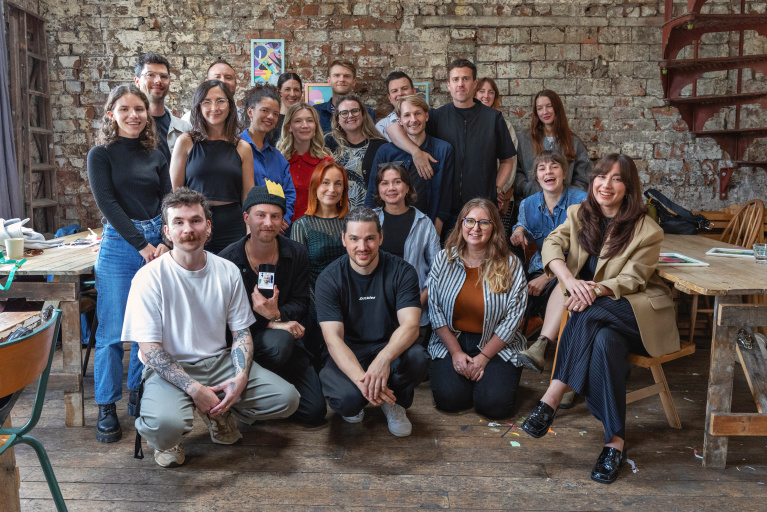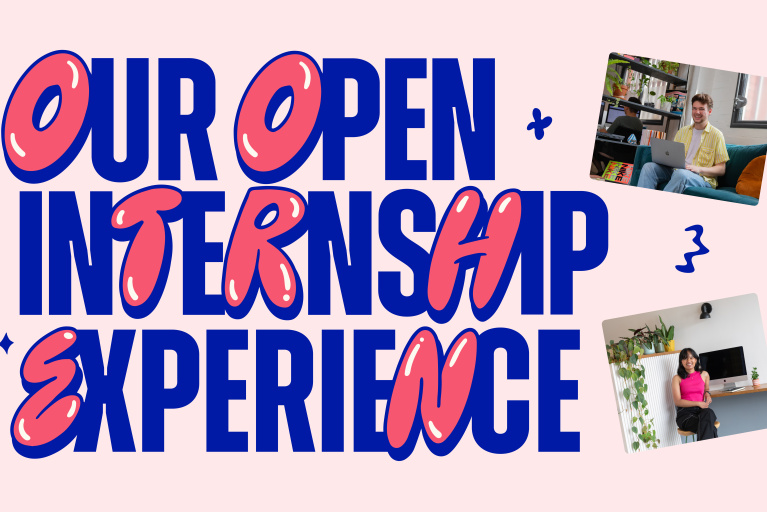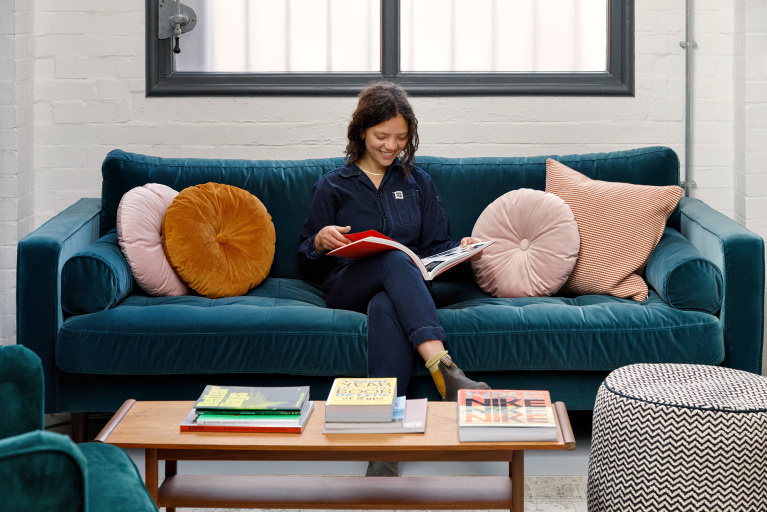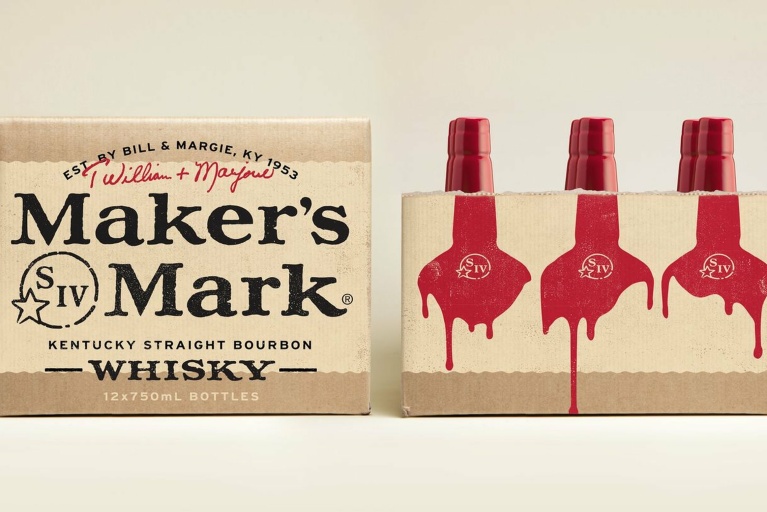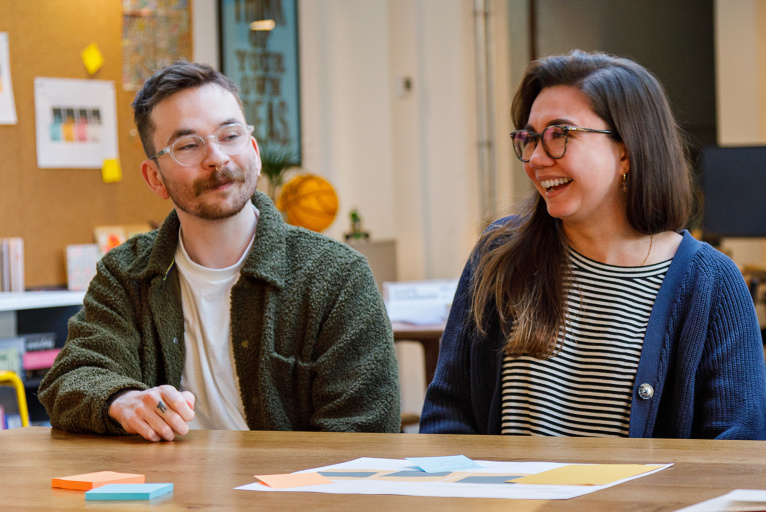In response to the changing culture in design studios and the pressure of tight deadlines, my design process is getting more and more digital. The first thing I turn to isn’t my sketchbook any more, it’s my drawing tablet and laptop.
I’m often asked what kind of Illustration I do and what my signature style is. I’ve been thinking a lot recently about how using digital technology affects my work; everything from my signature style to the final artwork. Also, I often wonder if the end result will still look like my own.
When I cut out the initial drawing process and go straight to the computer, I’m often left with the feeling that I’ve ‘cheated’ the work somehow. I look at the outcome as if it’s lost it’s initial spark to fuel whatever project or artwork it needs to turn into.
As someone who has held a lifelong passion for drawing and sketching, I felt that this subject required some investigation…
So, I sat down and looked through old college sketchbooks and compared them with my most recent work. I also had a good chat with Luke Francis, a graphic designer, about his own creative approach and if he had any thoughts on the matter.
I also thought of college, where I was fortunate to study under wood engraver and Illustrator extraordinaire, Jonathan Gibbs, who believed that initial sketches and observational drawings should form the basic foundation of your work.
So what did I learn from this?
1. Just keep drawing.
I make an effort to carve out time in my week to keep up a sketchbook of drawings, observations and ideas. This book can be a lifesaver when faced with a new project with a strict timeline to complete it.
2. Technology is just another tool.
It’s up to us how we use it. As individual as someone’s handwriting, your style will naturally show through regardless of what process you choose to use.
3. Make your own work.
Styles in digital Illustration come in and out of fashion. It’s important to develop your own voice and ideas no matter what tools we use, digital or not.
4. Give your peepers a break(!)
Switch off from technology once and a while. It’s good for you and your work will benefit from it. Allowing yourself a chance to slow down and get some new ideas. Give yourself a healthy dose of the fresh outdoors. Weather permitting, collect your sketchbook, pens and get outside.
5. Pay attention to early sketches.
That little sketch or idea on the back of a notepad can inform a whole project, new logo design or a composition for an important piece of work.
6. Relax.
Technology has developed in leaps and bound in recent years. Brush marks and individual lines can be achieved through working digitally and the range of tools is dazzling. Digital tablets even have pens you can draw in sketchbooks, off site, that instantly upload to your desktop.
In conclusion, it’s a subject which I’ll try not to lose too much sleep over – provided I take the time to keep up my drawing skills. The developments in technology have only helped to aid Illustrators in their work, speeding up the process and allowing us to easily edit work.
I think it is possible to retain your identity as an Illustrator and also use digital technologies. It’s just up to you to decide what work you want to make and be happy (for the most of the time!) with the final result.
I’ll end on a piece of advice from a former tutor:
As long as you are excited by what you are doing, the viewer will be too… If you aren’t you have a high chance that your audience won’t be either(!)
Ink, pen, paper or digital? Do you have any thoughts on the matter? I’d love to hear what you think on twitter: @fiascodesign




